Journalism Warning Labels GREAT IDEA
Journalism Warning Labels
Contents Not Verified
It seems a bit strange to me that the media carefully warn about and label any content that involves sex, violence or strong language — but there's no similar labelling system for, say, sloppy journalism and other questionable content.
I figured it was time to fix that, so I made some stickers. I've been putting them on copies of the free papers that I find on the London Underground. You might want to as well.
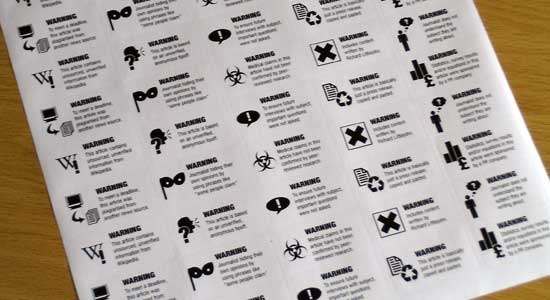
The articles these stickers are attached to are used strictly as an illustration: I'm not passing judgment on the specific articles or journalists. Hopefully that'll stop anyone claiming I've libelled them.
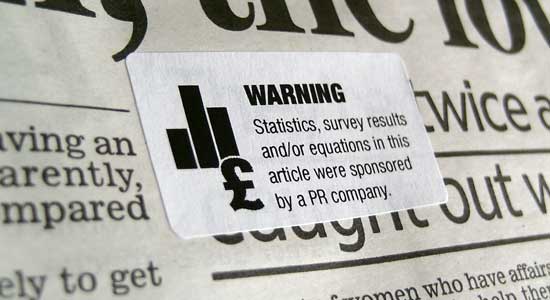
Let's start with the obvious one. It seems like half the content of the tabloids are made up of this: bits of 'research' put out by a PR team with the questionable backing of a cash-strapped university somewhere. Ben Goldacre talks about this much more competently than I ever could.
I'm not sure how these newspapers would fill their pages without these.

Oh yeah, that's what they use. I forgot.
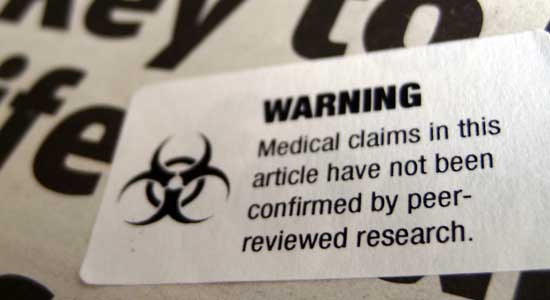
The Daily Mail's attempt to classify everything as either 'causing' and 'curing' cancer is already well documented, but there's plenty of wacky medical claims in all the newspapers. Ooh, look, some healing crystals.
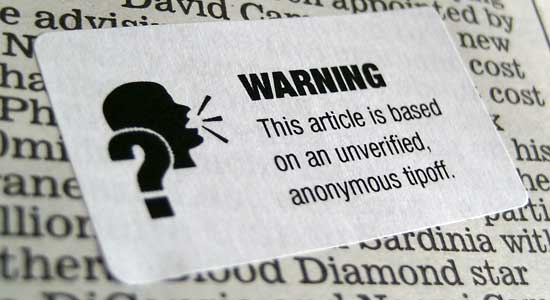
This sticker's mainly for celebrity articles: Starsuckers did a good job of showing just how little verification is frequently done.
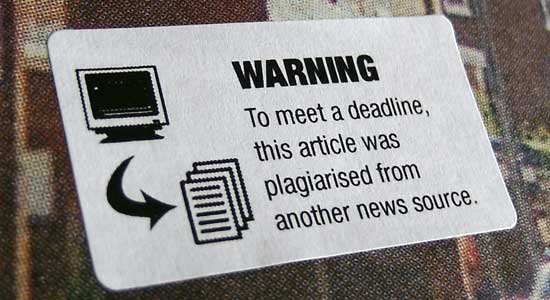
To be fair, newspaper journalists have far too little time to do far too much, particularly with the steady collapse of print circulations. If a story breaks just before the deadline, they may just copy it: but it seems only fair to require labelling in a case like this.
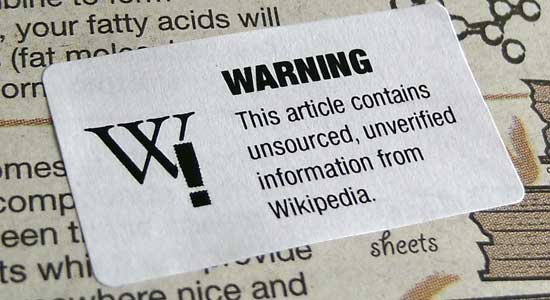
...and we all know what happens when you do this.
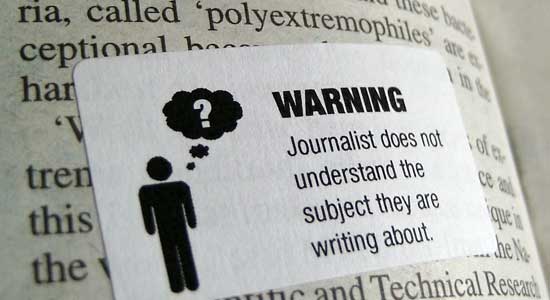
Now this'd be fine, if journalists were willing or able to call upon expert sources to verify claims, and then to quote their responses. Otherwise you get front-page headlines about cures for cancer based on small irrelevant studies on mice.
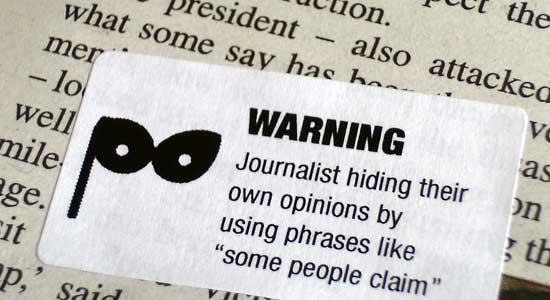
More common among pundits and comment writers than newshounds, but still worth flagging.
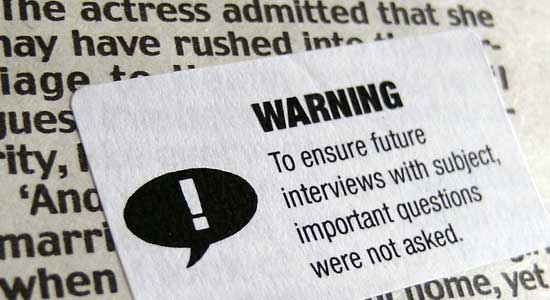
Is there some celebrity with a wacky religion they're really touchy about? Don't worry: no-one on the gossip pages will dare ask them about it. They can't risk being blackballed.
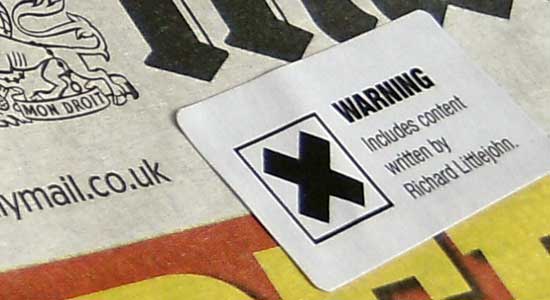
Enough said, really.
Make your own!
If you'd like your own set, grab an A4 13-by-5 sheet of stickers (they're labelled as '65 per sheet' or Avery L7651), and print out this PDF template. If you're in America, then Scott has kindly put together a US version that fits on Avery's Letter-size 5160 labels or equivalent.
 Stumble It!
Stumble It!


0 Comments:
Post a Comment
<< Home